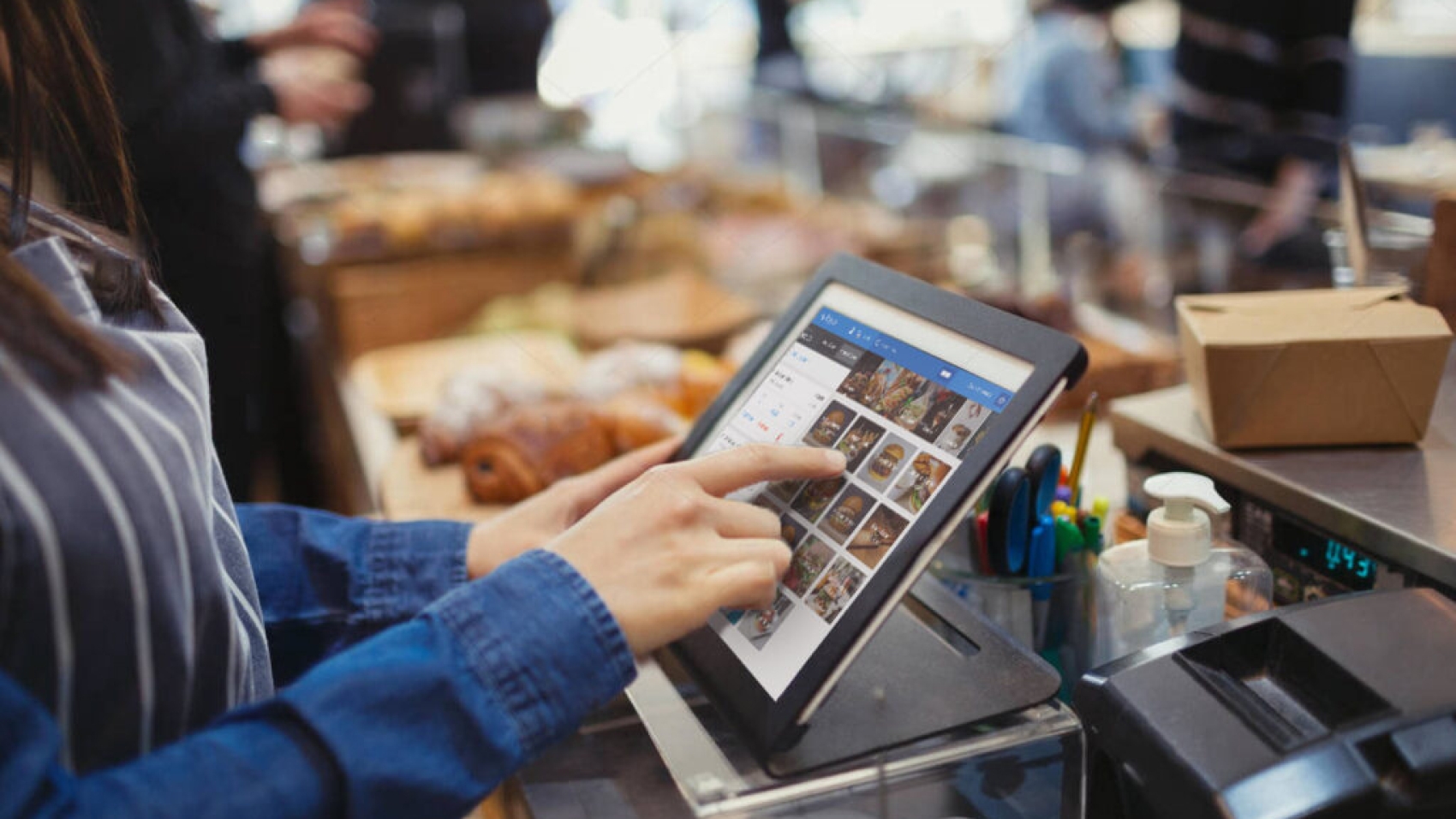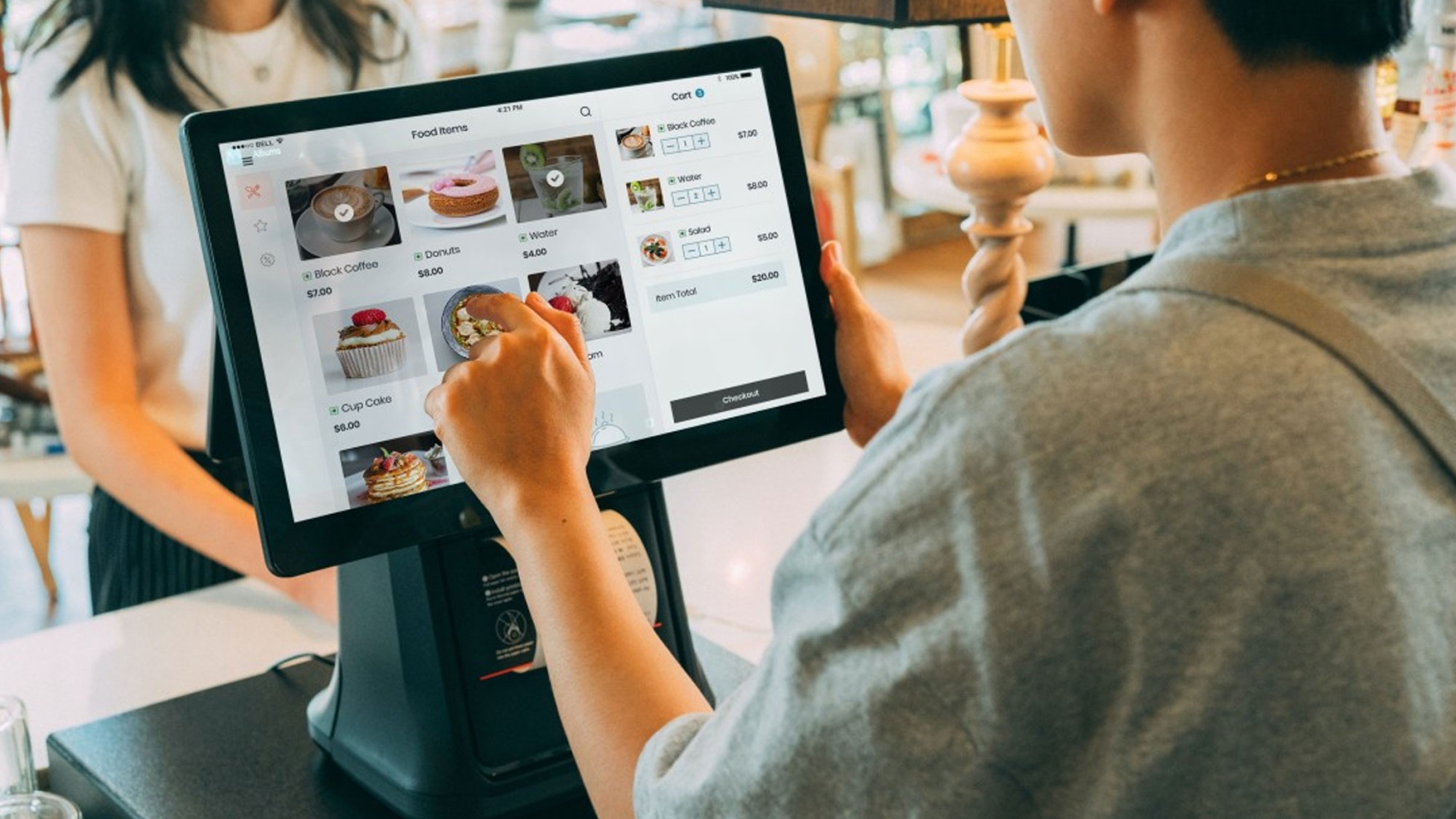A Point of Sale (POS) system for restaurants helps streamline various aspects of restaurant operations, from order taking to payment processing. Here are the key features typically found in a restaurant POS system:
1. Order Management
- Table-side Ordering: Waitstaff can enter orders directly from the table using handheld devices or tablets.
- Customizable Menu: Easily update and manage menu items, prices, and descriptions.
- Split Checks: Split the bill among customers at the table, either evenly or by specific items.
- Modifiers and Customization: Allow customers to customize their orders (e.g., no onions, extra sauce) and note special requests.
2. Payment Processing
- Multiple Payment Methods: Accept various payment options including credit/debit cards, mobile payments, and cash.
- Integrated Payment Gateway: Seamless connection to payment processors for quick and secure transactions.
- Tip Management: Enable customers to add tips during checkout and allow staff to manage and track tips.
3. Inventory Management
- Real-time Stock Tracking: Monitor ingredient levels in real-time and receive alerts when stock is running low.
- Ingredient Tracking: Track inventory by ingredients rather than finished products to help reduce waste and optimize stock levels.
- Order Ingredients Automatically: Based on usage patterns, the system can automatically generate orders to suppliers when certain ingredients run low.
4. Customer Management
- Customer Profiles: Store information on frequent customers, including contact details, preferences, and past orders.
- Loyalty Programs: Implement rewards programs to encourage repeat customers, such as points or discounts for regular visits.
- Table Reservations: Manage table reservations and seating arrangements to optimize restaurant flow.
5. Kitchen Display System (KDS)
- Order Printing or Display: Send orders directly to the kitchen via a digital display or printer for faster order fulfillment.
- Order Prioritization: Organize orders by priority or course (e.g., appetizers first, then main courses).
- Real-time Updates: Instant updates when orders are placed, modified, or canceled, ensuring the kitchen is always up to date.
6. Sales and Reporting
- Real-time Sales Tracking: Monitor sales, revenue, and item sales in real time to track business performance.
- Comprehensive Reports: Generate detailed reports on sales, inventory, labor costs, and profits.
- Staff Performance: Track individual employee performance, including sales, tips, and shifts worked.
- Tax Calculation: Automatically calculate and apply taxes to transactions.
7. Staff Management
- Employee Scheduling: Create and manage staff schedules, track shifts, and ensure appropriate staffing levels.
- Time Tracking: Allow employees to clock in and out directly on the POS system.
- Role-Based Permissions: Set different access levels for staff members (e.g., managers, waitstaff, cashiers).
8. Table Management
- Real-time Table Status: Visual representation of table availability and order status to optimize seating and service.
- Table Layout Customization: Configure table layouts and organize seating arrangements based on restaurant layout.
- Waitlist Management: Add customers to a waitlist and notify them when their table is ready.
9. Online Ordering and Delivery Integration
- Integrated Online Ordering: Enable customers to order directly from the restaurant’s website or app.
- Third-party Integration: Integrate with third-party delivery services like Uber Eats, DoorDash, etc., for easier management of delivery orders.
10. Mobile POS
- Mobile Ordering and Payment: Allow waitstaff to take orders and process payments tableside using mobile devices.
- Guest Interaction: Provide staff with the flexibility to interact with customers and modify orders from any location within the restaurant.
11. Promotions and Discounts
- Discounts and Coupons: Apply discounts, promotions, and special offers (e.g., happy hour pricing) directly at the POS.
- Combo and Meal Deals: Offer combo meals or meal deals with automatic price calculations.
12. Security Features
- Data Encryption: Protect customer data, including credit card information, through encryption and secure processing.
- Audit Trail: Track all transactions and system activity for accountability and security.
- Role-Based Access Control: Ensure that only authorized personnel can perform certain tasks, such as refunds or voiding transactions.
13. Integration with Accounting Software
- Seamless Integration: Integrate POS data with accounting software for automatic financial reporting and streamlined bookkeeping.
- Sync Payments and Revenues: Automatically sync sales and payment data with your accounting system.
14. Cloud-Based Access
- Remote Access: Cloud-based POS systems allow restaurant owners and managers to access sales data, employee performance, and reports from anywhere.
- Automatic Backups: Ensure all transaction data is safely backed up in the cloud to avoid loss in case of system failure.
15. Employee Training
- User-friendly Interface: Simple, intuitive design to minimize training time for new employees.
- Guided Tutorials: Built-in tutorials or help features for staff to get familiar with the system quickly.
These features help streamline operations, enhance customer service, reduce errors, and provide valuable insights into a restaurant’s performance.


